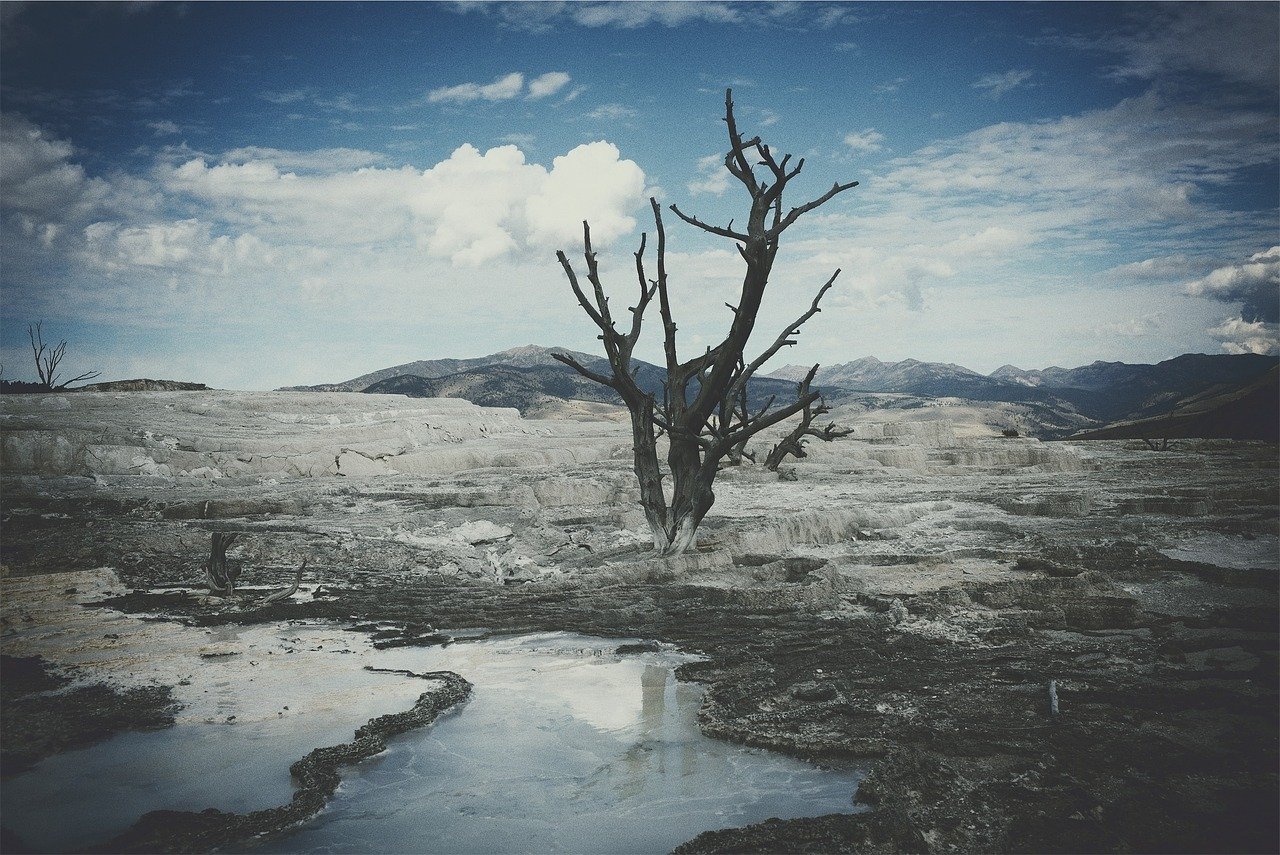Groundwater Crisis, In a recent publication by the United Nations University — Institute for Environment and Human Security (UNU-EHS), a sobering alarm has been sounded about India’s dwindling groundwater levels.
The ‘Interconnected Disaster Risks Report 2023’ delves into six environmental tipping points, with a special focus on groundwater depletion, revealing a grave situation worldwide.
The Global Aquifer Depletion Crisis
The report brings to light a disconcerting trend: 27 out of the world’s 31 major aquifers are depleting faster than they can naturally replenish. Groundwater, a precious freshwater resource stored in underground aquifers, serves as a lifeline for over two billion people, with 70% of its withdrawals channeled towards agriculture.
What’s even more shocking is that more than half of these major aquifers are now depleting at an unsustainable pace, rendering groundwater essentially a non-renewable resource.
Groundwater Crisis in India
India faces a particularly dire situation. The report underscores that a staggering 78% of wells in Punjab are considered overexploited, and the entire northwestern region is on track to confront critically low groundwater availability by 2025.
This impending crisis not only threatens farmers’ livelihoods but also imperils food security and the stability of food production systems.
Understanding the Groundwater Tipping Point
The report underscores that the groundwater tipping point is reached when the water table drops below a level accessible by existing wells.
This signifies a pivotal moment when farmers lose access to groundwater for irrigation, paving the way for potential food insecurity and systemic agricultural failures.
Global Impact of Groundwater Depletion
Approximately 30% of the world’s freshwater is hidden beneath the Earth’s surface as groundwater, sometimes emerging through natural springs, lakes, or wells. Alarmingly, groundwater depletion has been accelerating since the mid-20th century, significantly contributing to rising sea levels.
Moreover, excessive groundwater pumping has even induced a shift in the Earth’s axis, affecting regions across India, China, the United States, Mexico, Iran, Saudi Arabia, and parts of northern Africa.
India’s Key Role in the Crisis
India stands out as the world’s largest consumer of groundwater, surpassing both the United States and China combined. The northwestern region of India, particularly Punjab and Haryana, plays a pivotal role in the nation’s food production, contributing 50% of the country’s rice supply and 85% of its wheat stocks.
However, uncontrolled overexploitation has left 78% of wells in Punjab in a depleted state, with predictions of critically low groundwater levels in the entire northwestern region by 2025.
Also Read | India’s 2023 Global Hunger Index (GHI) Ranking: Unveiling the Latest Insights |
Global Food Supply Chain Implications
Groundwater crisis intricately linked to international food supply chains. Many nations that excessively tap into their groundwater resources export products, cultivated with this unsustainable water source, to distant regions.
As an illustration, the United States ships 42% of its crops, which are cultivated using groundwater that has been overdrawn, to nations like Mexico, China, and Japan.
Addressing India’s Groundwater Crisis
The precarious state of groundwater in India calls for immediate action to avert the impending catastrophe. Here are some key steps that can be taken to address this crisis:
- Sustainable Agriculture Practices:
- Promote efficient water management techniques in agriculture, such as drip irrigation and rainwater harvesting.
- Encourage crop diversification and the cultivation of drought-resistant varieties to reduce the demand for groundwater.
- Regulating Groundwater Extraction:
- Implement stricter regulations on groundwater pumping, including the installation of water meters to monitor usage.
- Enforce penalties for illegal groundwater extraction and encourage the adoption of responsible pumping practices.
- Public Awareness and Education:
- Raise awareness among farmers and the general population about the importance of conserving groundwater.
- Educate people about the potential consequences of overexploitation, including food shortages and environmental degradation.
- Research and Innovation:
- Invest in research and development of innovative technologies for water conservation and efficient water use in agriculture.
- Support initiatives aimed at replenishing aquifers through artificial groundwater recharge methods.
Conclusion
The groundwater crisis in India is a pressing concern with far-reaching consequences, not only for the nation but for the global food supply chain. Urgent measures are needed to address this issue, from promoting sustainable agricultural practices to regulating groundwater extraction and raising public awareness.
India’s actions in mitigating the groundwater crisis will not only safeguard its own food security but also contribute to the global effort to preserve this vital resource for future generations. It is crucial that we address this issue collectively and responsibly to secure a sustainable future for all.
